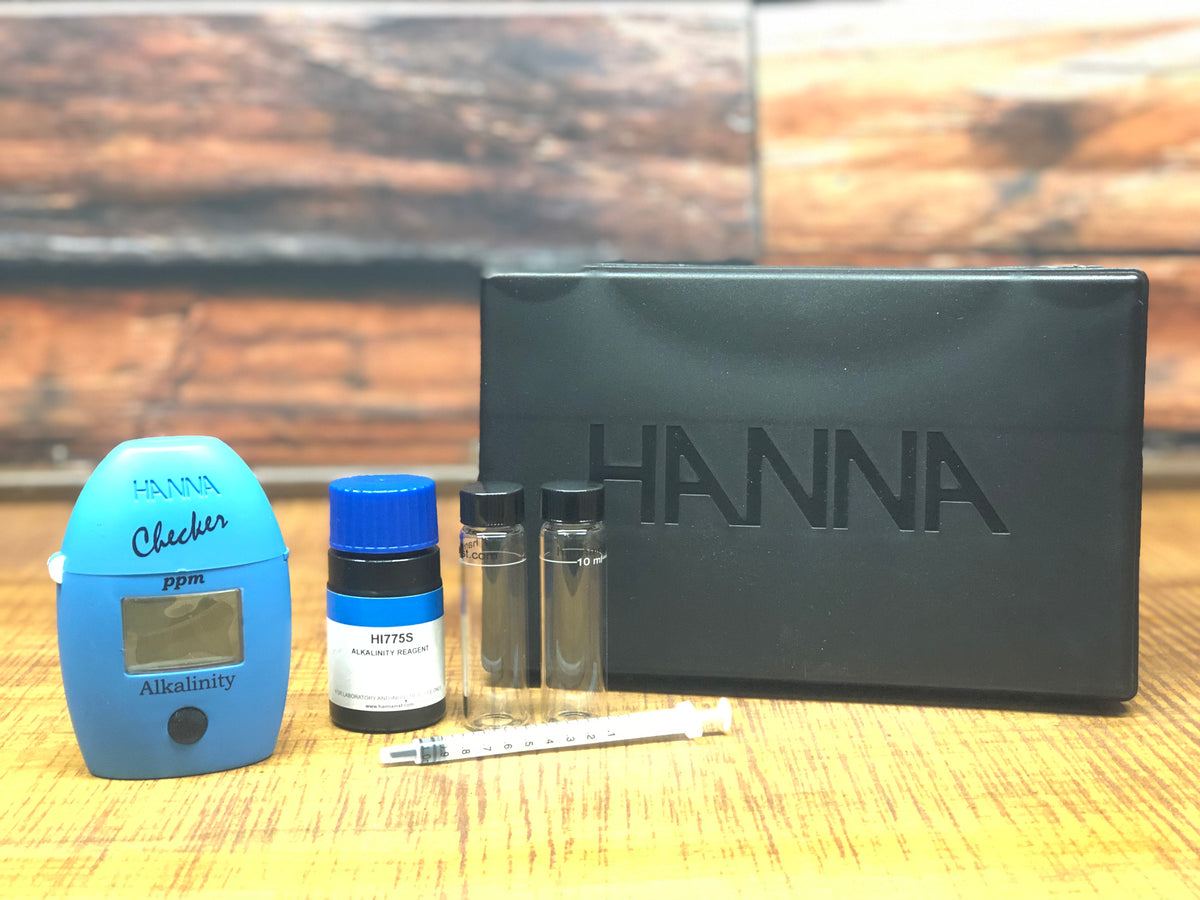@Aqua Man , I’ll have to read each link posted, but it was a great read so far.
Question: I’m on well water, 70ish ppm and I have a RO system with an alkalinity stage that’s supposed to add back minerals, comes out at 7ppm and closer to 8 pH.
I’m in Coco Loco (the amended stuff) and the whole
fox farm line. I’ve been using my RO water and after adding all my nutes along with 7ml/gal
cal-mag the pH is really acidic, so I’ve been using pH up to bring it back to 6pH. Should I not even bother using my RO system? I don’t have the numbers on my well water.
Im not having any issues other than I’m seeing a few brown spots on older leaves here and there.







